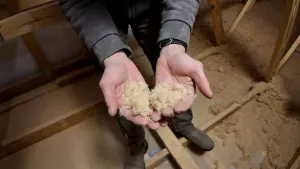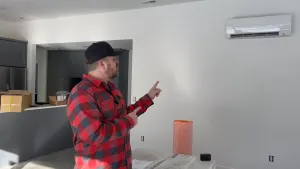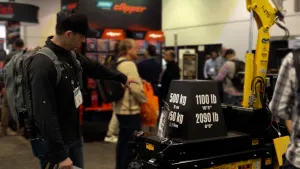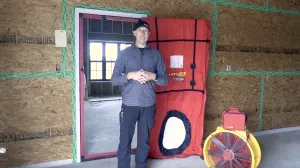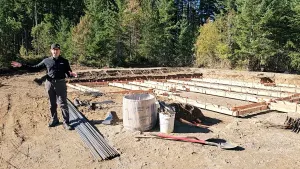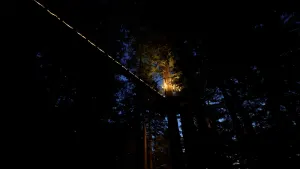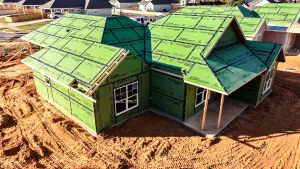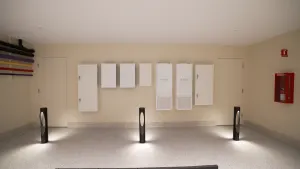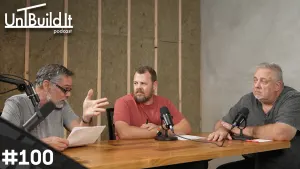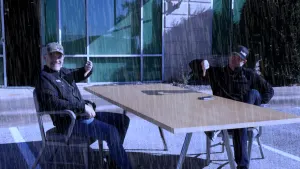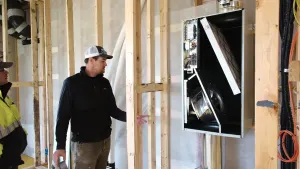In this episode, Kristof Irwin P.E of Positive Energy Pro, Ted Cushman, Senior Editor at jlconline.com, and Master Builder Matt Risinger have a real-world discussion during the Hot Humid Climate Conference week about the details of designing an awesome HVAC system; remember, air conditioning is NOT Air Cooling. Air conditioning implies that the air is conditioned or curated for the specific space. In this video, the space you see will be a family home, so conditioning means filtered air, ventilated air, dry air, and cool air.Why does it need to be dry? This house is built with wood, so you want to keep wood dry to prevent insects, mold, and decay. How do you keep the air dry? If the air is at 100 degrees Fahrenheit, the air will dry, but the majority of the year in Austin, TX, it's not 100 degrees Fahrenheit. Does the control system have to be able to control both the dehumidifier and the cooling system? The answer is technically no. The temperature turns out to be a dual signal to manage temperature and humidity. Further, Irwin discusses what he considers when designing an HVAC system, including technology available on the market, what installers know how to install, and then cost. You don't want to put in antiquated technology because the system can last 20 to 25 years. Typically, builders spend the least amount of money on duct work and focus more on the system technology. While the machine you install to heat or cool the house may last for 20 to 25 years, the duct work will be there if the house is in its current state. So, what makes a good duct system? It's recognized as a durable, passive element of the house, so it's not cost-optimized during the design process. The duct system is a permanent part of the home, so you want to invest on the front end.Finally, make sure you test the system to make sure it was installed correctly.Check out the full video to learn how to get to an excellent heating and cooling system in your new house in the hot and humid South.

 Share on facebook
Share on facebook Tweet
Tweet Email
Email Share on Linkedin
Share on Linkedin



